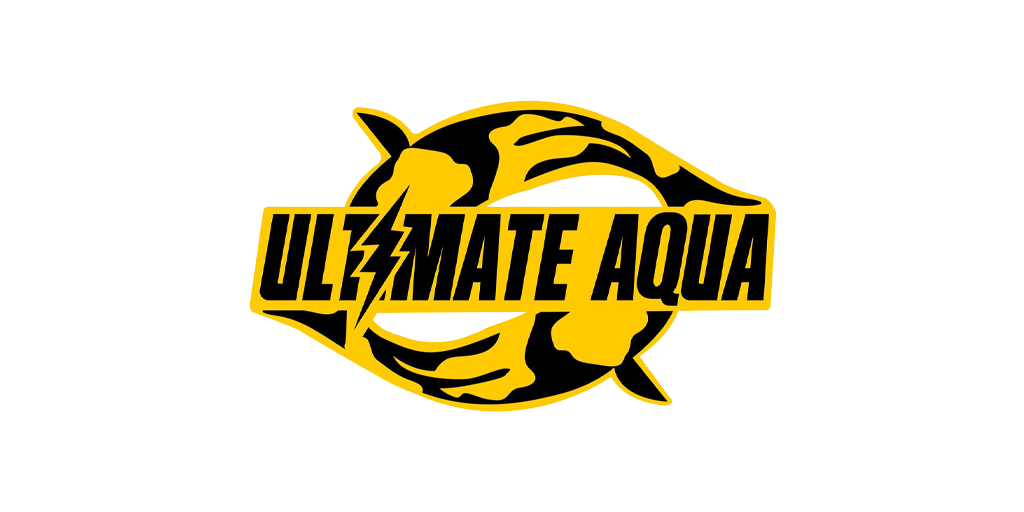Algae, while a natural component of aquarium ecosystems, can quickly turn from a harmless presence to a nuisance, impacting the health of your fish and the aesthetic appeal of your tank. In this comprehensive guide, we'll delve into the world of aquarium algae, exploring its types, potential harm to fish, and most importantly, effective methods to control and remove algae from your tank. Whether you're a seasoned aquarist or a beginner, this article aims to equip you with the knowledge and strategies needed for maintaining a pristine and thriving aquatic environment.
What is Algae?
Algae, a diverse group of photosynthetic organisms, can take on various forms in aquariums. Ranging from microscopic organisms to larger, more visible structures, algae contribute to the overall balance of the tank's ecosystem. Understanding the different types of algae is crucial for effective control and removal.
Can Algae Be Harmful to Fish?
While algae play a role in the natural balance of aquariums, excessive growth can pose threats to fish health. Explore the potential risks and consequences of unchecked algae growth, emphasizing the importance of maintaining a balanced environment for your aquatic pets.
Types of Algae in Fish Tanks
-
Brown Algae:
Brown algae, also known as diatoms, typically appear as a brownish film on aquarium surfaces, including glass, substrate, and decorations. Commonly found in newly established tanks, they feed on silicates and low light conditions. While harmless to fish, their presence can be unsightly. Effective control involves addressing water quality and introducing algae-eating organisms.
-
Green Algae:
Green algae are a broad category of algae that come in various forms, including filamentous and planktonic types. They thrive in the presence of light and nutrients, causing green discoloration on surfaces and cloudy water. Regular maintenance, nutrient control, and the introduction of algae-eaters help manage and prevent green algae overgrowth.
-
Blue-Green Algae (Cyanobacteria):
Blue-green algae, or cyanobacteria, often appear as slimy layers with a blue-green tint. Unlike true algae, cyanobacteria are bacteria capable of photosynthesis. They thrive in nutrient-rich environments and low oxygen conditions. Effective control involves improving water circulation, reducing nutrient levels, and manually removing visible colonies.
-
Red/Beard Algae:
Red or beard algae, characterized by its fuzzy appearance, can range in color from red to green. It often attaches itself to aquarium surfaces and can be challenging to eradicate. Reducing nutrient levels, improving water circulation, and introducing algae-eating species are key strategies for managing and preventing the spread of red or beard algae.
-
Green Water:
Green water, caused by suspended algae particles, gives the aquarium water a greenish tint. These algae thrive in nutrient-rich conditions and excessive light. Effective control involves adjusting light intensity and duration, improving filtration, and addressing nutrient imbalances through water changes and proper aquarium maintenance.
What Causes Algae Overgrowth?
-
Excessive Light Exposure:
One common factor contributing to algae overgrowth in aquariums is excessive light exposure. Algae thrive on light as they undergo photosynthesis to produce energy. When aquariums receive prolonged or intense light, it creates an ideal environment for algae to multiply rapidly. To control this, consider implementing a consistent lighting schedule, ensuring that your aquarium receives an appropriate amount of light for the specific needs of your aquatic plants and inhabitants. Use timers to regulate the duration of light exposure, simulating natural day and night cycles to prevent excessive algae growth.
-
Nutrient Imbalances:
Another significant contributor to algae overgrowth is nutrient imbalances within the aquarium. Algae require nutrients like nitrogen and phosphorus to flourish, and an excess of these nutrients can lead to uncontrolled growth. Common sources of nutrient imbalance include overfeeding, decaying organic matter, and inefficient filtration systems. To address this, adopt a careful feeding regimen, remove uneaten food promptly, and regularly perform water tests to monitor nutrient levels. Additionally, consider upgrading your filtration system to ensure effective nutrient removal, promoting a healthier balance in the aquarium environment.
-
Inadequate Tank Maintenance:
Neglecting regular tank maintenance can create conditions conducive to algae overgrowth. Accumulated debris, uneaten food, and decaying organic matter release nutrients into the water, fueling the growth of algae. To combat this, establish a consistent maintenance routine that includes partial water changes, substrate vacuuming, and cleaning of aquarium decorations. By removing excess nutrients and maintaining a clean environment, you can significantly reduce the risk of algae overgrowth and create a more stable and aesthetically pleasing aquarium for your fish.
Understanding and addressing these key factors contributing to algae overgrowth will empower you to take proactive measures in maintaining a balanced and thriving aquarium ecosystem. By carefully managing light exposure, addressing nutrient imbalances, and staying on top of tank maintenance, you can create an environment that fosters the health of your aquatic inhabitants while keeping algae growth in check
Conclusion:
In conclusion, maintaining a pristine aquarium requires a proactive approach to algae control. By understanding the different types of algae, their potential harm to fish, and implementing effective strategies for prevention and removal, aquarists can ensure a healthy and visually appealing tank. Remember, a well-maintained aquarium not only benefits your fish but also enhances the overall enjoyment of this fascinating hobby.
Ready to tackle algae and create the perfect aquatic haven for your fish? Explore Ultimate Aqua's wide range of algae control products and aquarium maintenance essentials to keep your tank in top condition. Visit our store today and dive into a world of high-quality solutions for your aquarium needs.
